Difficult road to mars

The accident of the Martian landing module "Schiaparelli" is still under investigation, but on the coming news the software becomes the main suspect - the parachute was dropped 41 seconds earlier, the landing engines worked for only three seconds, and the onboard computer, sure that it was already on the surface, even managed include scientific instruments. Alas, created to work on the surface, they could not collect useful data during the fall from a height of 2-4 kilometers. The road to Mars has never been easy, and the successes of recent years do not guarantee that future missions will also be successful. Rather, if you rely on historical statistics, the probability of success of the Martian mission is about one second. The whole of humanity managed to send more than 50 vehicles to Mars. About 30 of them did not fulfill their task (depending on the criteria of the accident and the methods of calculating the apparatus, different numbers are obtained). At what stages and how they died?
Do not go into orbit
The first stage of a long and difficult journey to Mars is that the spacecraft goes into Earth orbit. Carrier rockets will never be 100% reliable, so each Martian probe will have a chance to suffer an accident due to their fault.
Soviet cosmonautics had fairly simple rules for hiding failures - if the device did not go into orbit, its launch was not announced at all. If he could not move from orbit to the target, then he was called “Sputnik-” or “Cosmos-”, and informed in the media that the launch was successful. And only if the interplanetary station went to the target, then it was given a name by the purpose of the flight and the number in order, for example, "Mars-1". Therefore, some devices received names later, and are now known by several names at once.

1M number 1 and 2, they are Mars 1960A and B, launched in October 1960, could not go into Earth orbit. These were the apparatus of the same type, the task of which was the exploration of Mars from the flight path. The rocket "Lightning" was used as a launch vehicle. In one case, the control system failed, in the other, the third-stage engine, and both vehicles rose to an altitude above 100 km only for a few minutes.
')
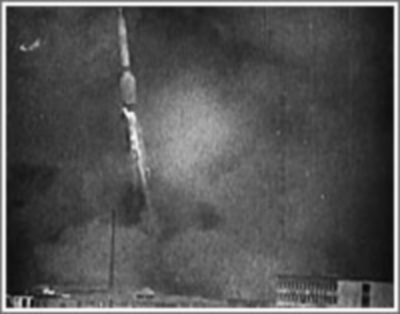
2M №521 and 522, they are also Mars 1969A and B were the first to go into orbit around Mars. They were launched in March and April 1969 on the Proton LV. In the first case, the third stage engine collapsed, and the unit fell in Altai, and in the second case, a fire in the first stage led to loss of control, emergency shutdown of the engines and the fall of the launch vehicle not far from the start.
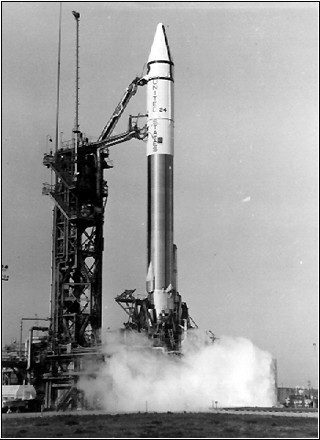
Mariner 8 was one of two vehicles whose task was also the first ever entry into orbit around Mars, and was launched on May 9, 1971. But he, too, was unlucky - the second stage began to sway immediately after switching on. When the vibrations intensified so much that they turned into tumbling, the fuel stopped flowing into the engine, and the payload stage fell into the Atlantic Ocean. A subsequent investigation revealed that the culprit was most likely a single diode in the amplifier circuit of the control system responsible for the pitch. Damage during installation or repair was not caught on the pre-launch tests, and a penny detail killed an expensive interplanetary station. The first to reach the orbit of Mars is the brother of the deceased, Mariner 9, just a few days before the Soviet "Mars" -2 and -3. And Mariner 8 for 2016 is the last American interplanetary station lost during the launch.
Do not leave the earth orbit
As a rule, Martian probes went into an intermediate orbit around the Earth, and from there they were dispersed to Mars. And not everyone succeeded. Due to the fact that the intermediate orbit was chosen low enough (this allowed to save fuel), these probes were quickly decelerated and burned in the atmosphere.
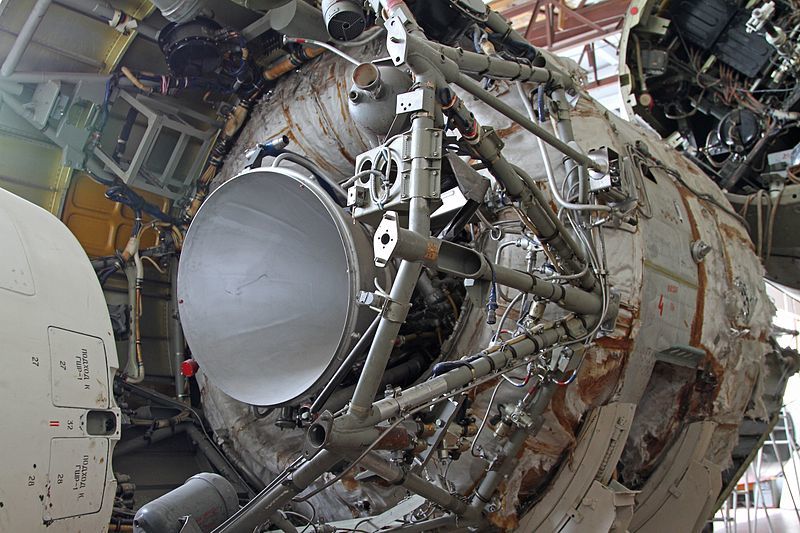
WW2-4 No. 1, aka Mars 1962A, was supposed to photograph Mars from the flight path and started on October 24, 1962. He should have been sent to Mars by an accelerating unit L (in the photo), but his engine was destroyed at 17 seconds of work. The debris of the upper stage against the background of the exacerbation of the Caribbean crisis, the American radar was even mistaken for ballistic missiles, but, fortunately, it did, and the peaceful interplanetary station did not cause World War III.
A similar fate befell Mars 2MB-3 No. 1 (Mars 1962B). Starting on November 4, 1962 was successful, but after switching on the engine of the upper stage, the program-temporary device prematurely gave a signal to turn off the engine due to vibrations, leaving the station in a low earth orbit.
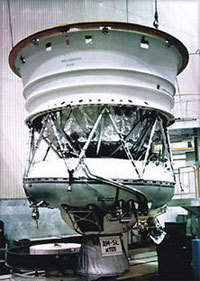
And Cosmos-419 was summed up by people who prepared for the flight the upper stage D, standing on the Proton. The station started on May 10, 1971, but due to an error in the discharge when programming the onboard computer, the engine was to start in a hundred and fifty hours instead of tens of minutes, and the combination of the upper stage and the interplanetary station burned down in the atmosphere.
Block D also led to the Mars 96 station (launched November 16, 1996), which was supposed to be the hardest and most ambitious. The reason that the maneuver was not executed is unknown.

The Phobos-Grunt station (launched on November 9, 2011) was supposed to accelerate from a low earth orbit on its own. To do this, put on it a modified overclocking unit "Frigate". But due to the onboard computer restart, caused by either a heavy charged particle, or a programming error, the engine did not turn on. Attempts to contact the probe were also unsuccessful, and two months later, the station burned down in the atmosphere.
Do not fly to Mars workable
The flight to Mars takes about six months, depending on the location of the planets and the speed of the probe. During this time, much can happen, and many vehicles have flown dead in the Mars region.
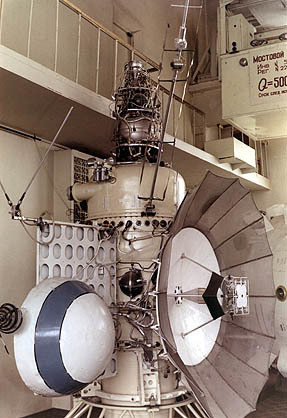
The first to go to Mars was Mars-1, which started on November 1, 1962, the same type mentioned above WW2. But immediately after launching on the departure trajectory, the device was “fatally ill” - a leak began in one of the valves of the orientation system. So that the device was not lost right now, it was spun. In this mode, the solar panels were constantly directed towards the Sun, but it was impossible to orient the directional antenna and make trajectory corrections. The last communication session took place at a distance of 106 million kilometers, which then was a record. Mars-1, quite possibly in working condition, flew past Mars on June 19, 1963, at a distance of 193 thousand kilometers, but it was not possible to contact it.

Launched on November 5, 1964, Mariner 3 can be attributed to this category of accidents and to the previous one. He was locked under a non-discarded fairing. The additional mass led to an unplanned trajectory millions of kilometers from Mars, but this was unimportant because Mariner-3 was unable to open the solar panels, and after eight hours it had batteries.
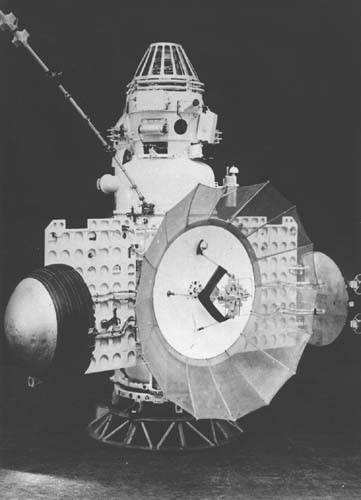
A sad story happened to "Zond-2", which could become "Mars-2." The station successfully started on November 30, 1964 and entered the trajectory to Mars. But after separation from the upper stage, one of the solar panels did not open. Assuming the mission failed, the station was called the "Probe", they say, it only works out the technology of long-range flights, and scientific tasks are passing. Two weeks later, the panel was able to open, shaking the station, but the time for the correction of the trajectory was already lost, and the instruments did not survived the lowered power supply and began to fail. The last communication session with Zond-2 was held in May 1965, and he flew past Mars on 6 August of the same year.
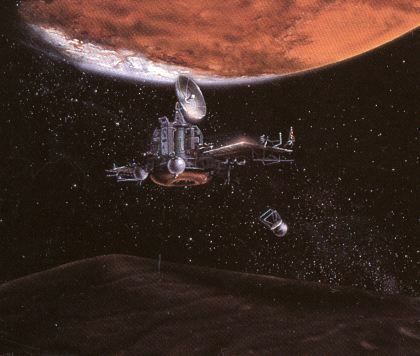
Launched in July 1988, Phobos-1 flew to the Mars satellite, Phobos. One and a half months later, due to the error of the ground control center, the device lost its orientation to the Sun. It was not possible to establish contact with him, and the station’s batteries quickly went down, disabling it completely.
If desired, the Phobos-2 of the same type can be attributed to this group, the connection with which was lost at the final stages of rapprochement with Phobos even after the implementation of a rather large scientific program.
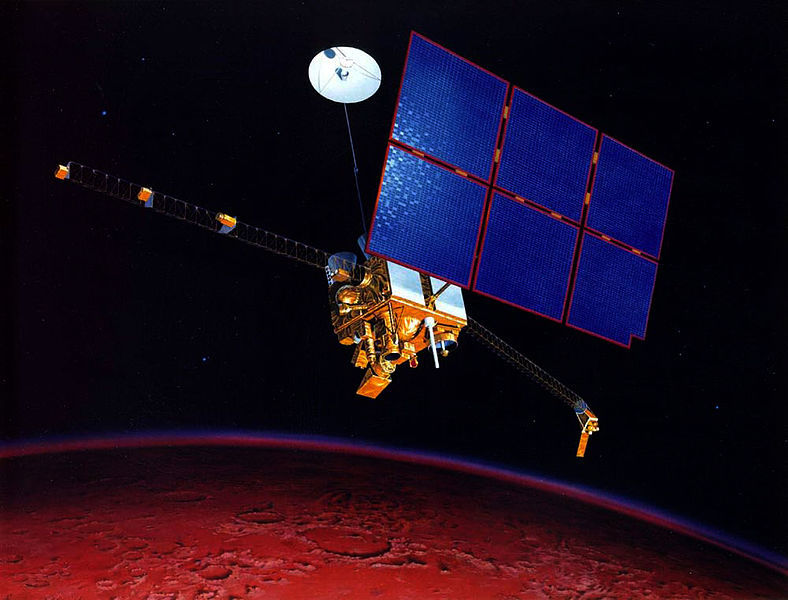
Only three days before the Mars orbit, communication with the Mars Observer was lost. Supposedly, due to the incorrect design of the valve, vapors of topiv and oxidizer accumulated in the fuel system, which exploded while attempting to perform the usual trajectory correction, destroying the apparatus.
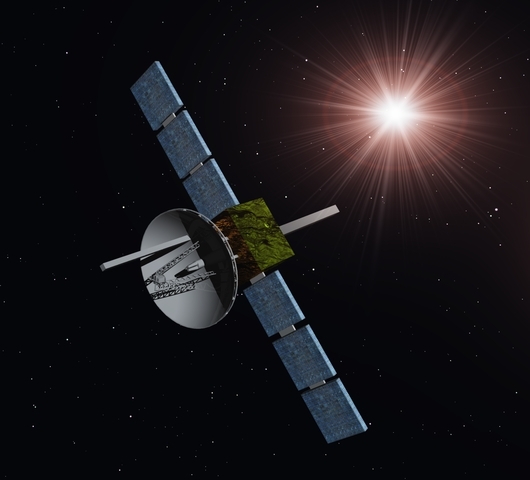
Probe "Nozomi", launched in 1998, died after a long and heroic struggle. At first, it flew abnormally past the Earth - because of a failed valve, the speed increment was less than necessary, and more fuel was spent. But the Japanese mission did not surrender - the trajectory was calculated, which would still lead Nozomi to Mars, albeit four years later. But when approaching the Earth for another gravitational maneuver, the station fell under a solar flare, which caused a short circuit in the electrical system. The heater broke and the fuel froze. It thawed enough for the station to reach the trajectory to Mars after two more spans of the Earth, but when it reached Mars, it finally froze. Deprived of the ability to maneuver, the Nozomi flew 1000 km from Mars on December 9, 2003.
Unable to go into orbit / landing trajectory
Fly to Mars - that's not all. It is necessary to go to the desired orbit if you are an orbital probe, or to enter the atmosphere at the right angle, if you are a landing gear.
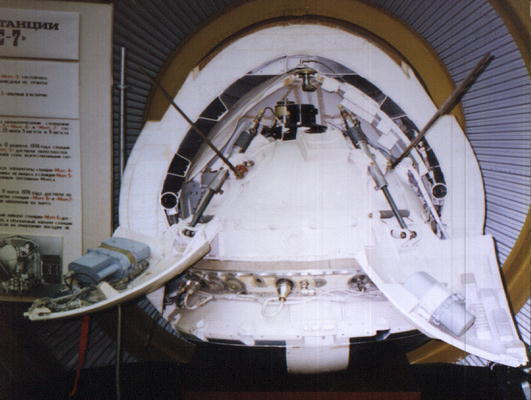
Due to a software error, the Mars-on-Board computer gave commands for the incorrect orientation of the descent vehicle. Therefore, he entered the atmosphere of Mars on November 21, 1971 at a greater angle than necessary, and failed to slow down. The device crashed somewhere in the valley of Nanedi Land Xanthos.
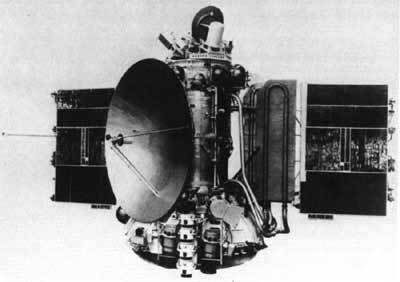
Due to the failure of the on-board computers, the Mars-4 orbiter did not slow down on Mars. Having approached Mars to a distance of 1,844 km, the probe went away forever to become a satellite of the Sun.

The Mars-7 lander was unable to reach the trajectory of entry into the atmosphere and flew past Mars. Various sources called the cause of the failure of the onboard computer or brake engines.

On September 23, 1999, due to confusion in units of measurement, the apparatus went into a much lower orbit and the Mars Climate Orbiter probe quickly burned in the atmosphere. The most annoying thing was that they almost noticed the error and could correct it. They even called a meeting on the possibility of holding another trajectory correction maneuver, but this maneuver was not executed.
Successfully sit down and get to work
In addition to the devices that crashed during landing, there were also those who successfully sat down, but could not fully switch to the working configuration, or were silent shortly after a successful landing, without transferring useful data.

On December 2, 1971, he landed successfully, got ready for work for a minute and a half, and for 14.5 seconds passed the panorama to Mars-3. Alas, after that he was silent forever, and in the panorama we cannot see anything of any value. The cause of the failure is not known exactly, loss of communication due to the orbital deviation or corona discharge in the transmitter antenna is assumed.
On March 12, 1974, the Mars-6 descent module, similar to Mars-7 above, reported that it had commanded the launch of the soft-landing engines, but was silent after that forever. The cause of the accident has not been established.
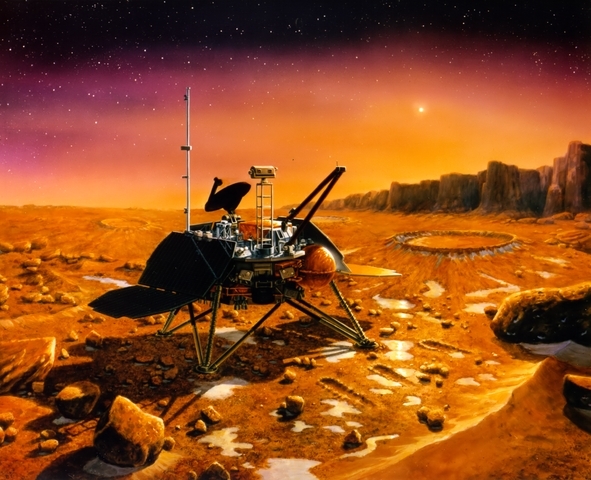
On December 3, 1999, the Mars Polar Lander sent the last telemetry before landing. The separation of vehicles (he flew along with small penetrators Deep Space 2) and the process of landing by telemetry was not reported. And in vain - no signals either from the main office or from the penetrators were sent. According to the basic version, the opening of the landing legs was taken by the on-board computer for a successful landing, and the device fell from a height of 40 meters and crashed. Silence of penetrators, which were very simple devices, did not receive an explanation.
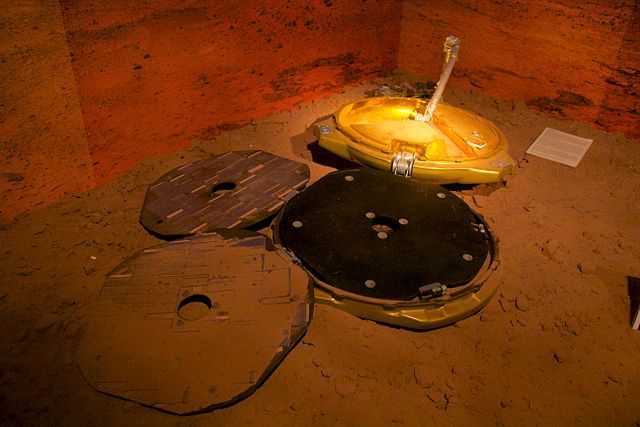
This is how the Beagle 2 landing gear should look on Mars - it successfully landed on the surface on December 25, 2003, but could not fully open. And according to the law of meanness, the antenna was in the lower lobe and required full disclosure. The cause of the accident was established as early as 2015, when the device was found on photos of a Mars Reconnaissance Orbiter probe.
The main source was this wonderful list in the wiki, but even there it was not without errors. The list does not mark the Mars Rover PrOP-M on Mars-2 and the landing craft Phobos, and in my opinion, Mars-5, which managed to work 9 days in orbit, unfairly and completely failed.
Source: https://habr.com/ru/post/398691/
All Articles